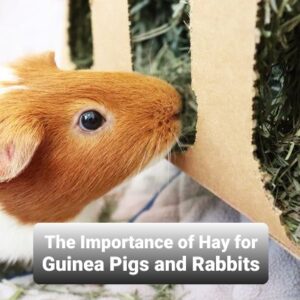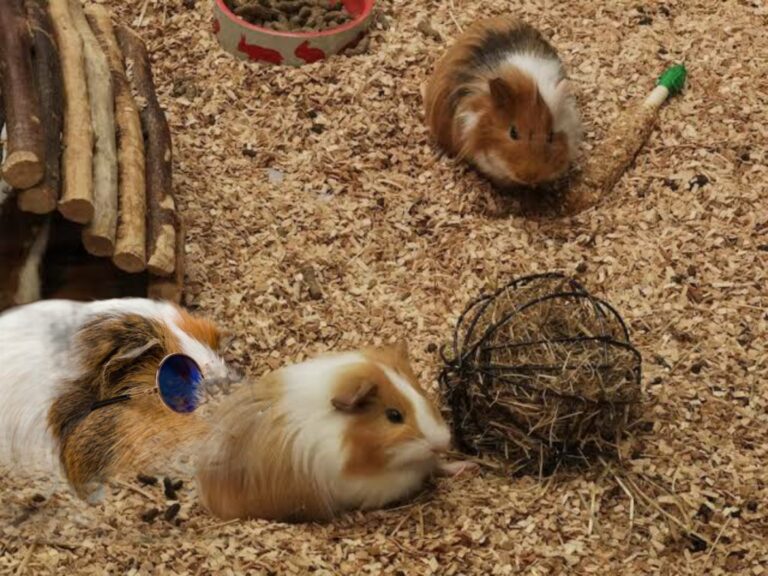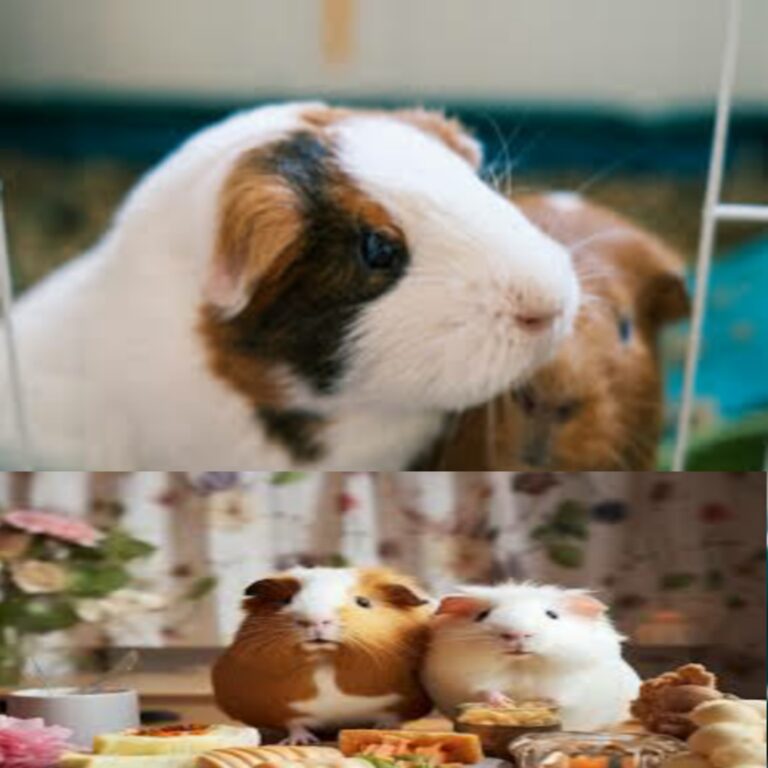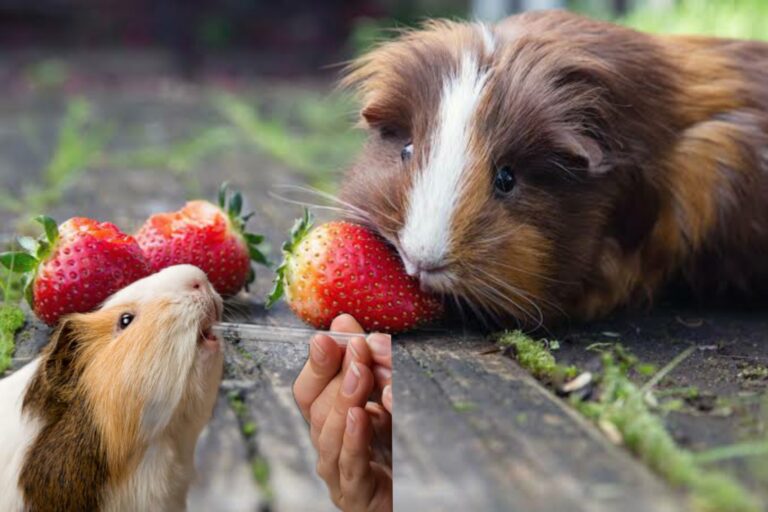
Hi everyone, it’s Caroline! Welcome back to my little corner of the internet. Today, I want to share some important information about hay and why it’s essential for our beloved guinea pigs and rabbits.
First off, if you have guinea pigs or rabbits, you probably already know that hay is the most crucial part of their diet. In fact, about 80% of their diet should consist of high-quality hay. I like to provide as much hay as they can eat, and it should always be available for them. The goal is to ensure they eat mostly hay, with only a small portion of veggies and pellets. Remember, hay is the star of the show when it comes to their diet!
So, why is hay so important? Well, one reason is that it helps wear down their constantly growing teeth. The chewing action keeps their teeth in good shape, preventing dental issues. Of course, if your pet has other dental problems or hasn’t had enough hay in the past, there could be issues, but generally speaking, hay keeps their teeth healthy.
Another vital reason for hay is that it helps keep their digestive system moving. Guinea pigs and rabbits are designed to be foragers, constantly eating. The long strands of hay are perfect for their digestive health. If they don’t have access to hay all the time, they could face digestive problems. In severe cases, a lack of food can lead to stasis, where their digestive system starts to shut down. That’s why it’s crucial to have hay available for them to munch on whenever they want.
Now, let’s talk about the quality of hay. You want to provide the best hay possible. Look for hay that smells fresh, isn’t too dusty, and has a nice color. Different types of hay have varying nutritional values, so it’s essential to choose wisely. You want your hay to be leafy and not just a bunch of stalks. Also, make sure it’s completely dry—moldy hay can make your pets very sick, so avoid that at all costs!
There are several types of hay to consider. The most popular type for guinea pigs and rabbits is Timothy hay, especially the second cut, which is known for its excellent nutritional content. It’s readily available and provides the right nutrients for your pets.
You can find different cuts of Timothy hay: first cut, second cut, and third cut. Second cut is usually the best choice because it’s leafy without being overly rich. If you or your pets have allergies, you might want to consider orchard grass as an alternative. It’s similar in nutritional value to Timothy hay and works well for my pets.
Bluegrass hay is another option; it’s a type of orchard grass and has a slightly different color and texture. Alfalfa hay is suitable for guinea pigs six months old or younger, but be cautious with it, as it has higher calcium content. For rabbits, second cut Timothy hay is the gold standard, while oat hay can be offered as a treat to add variety to their diet.
Now, where can you find good quality hay? This can vary depending on where you live. I personally get my hay from KMS Hayloft and Small Pet Select, both of which I highly recommend. If you live near farms, you might also find good deals on hay bales, which can be more economical.
In summary, providing high-quality hay is essential for the health and happiness of your guinea pigs and rabbits. Remember to choose the right type of hay, keep it fresh and dry, and always have it available for your pets. If you have any questions or want to learn more, feel free to reach out! Happy caring for your furry friends!



